At the present time, a significant place in the list of monthly payments to the state treasury is the payment for heating. And it is no wonder that everyone who is at least a little versed in the pricing policy of DUK's and ZhEK's wants to minimize costs during the heating season. In addition, it is important to note that recently the increase in the amount paid for electricity consumption is already becoming a trend. That is why thrifty owners try to follow the development of technologies in the field of heating devices and systems, the use of which, according to the developers, minimizes costs without losing the quality of heating. In this regard, so-called vacuum radiators have recently become especially popular. Let's look at the question, what is this novelty and is it as beneficial and necessary as it seems at first glance?
What is a vacuum radiator
However, a fundamental difference is present precisely in the internal structure and the principle of operation of these heating devices. The water, which is the heating medium in the heating system, circulates exclusively through the horizontal pipe located below. In the sections themselves, instead of ordinary water, there is a special lithium-bromide liquid, the boiling point of which in an airless environment is about 35 degrees Celsius. Water comes into contact with the lithium bromide liquid only through the surface of the sections.
Principle of operation
- the coolant (water) enters the horizontal section of the pipe located below;
- heat is transferred to the secondary coolant (lithium bromide liquid);
- the secondary coolant turns into a gaseous state (evaporates);
- evaporation heats the radiator housing, after which it is released into the environment;
- the condensate remaining after the above-described process is lowered into the lower compartment, after which the process is repeated.
It is also worth noting that the smaller the volume of the heated liquid, the easier it is to heat it. That is why there is only 50 ml of coolant in one section at a time. And if we take into account the low temperature threshold for boiling of the secondary heat carrier, then we can make a completely logical conclusion: much less energy is required for heating in this way. It is the reduced energy consumption costs that are the main advantage of this type of heating systems. Also, with a particularly careful check, it is possible to observe exactly uniform heating, which in fact confirms the performance of a fundamentally new circuit, on the basis of which vacuum radiators are designed.
In addition, radiators of this type work perfectly in tandem with other heat sources, such as boilers of various types and even solar collectors, and fit perfectly into any heating scheme, both centralized and autonomous.
Advantages and disadvantages
- 80% less coolant volume in the radiator;
- accordingly, a significant reduction in power supply costs;
- complete elimination of the risk of corrosion of the internal surface of the radiator;
- no risk of clogging;
- minimizing the costs associated with installing a radiator;
- increasing the rate of air heating in a closed room;
- unpretentious care;
- high wear resistance (average service life is 20 years);
- safety in use (vacuum radiators are fastened with two threaded joints, this type of fastening almost completely eliminates the risk of system depressurization).
If the radiator still fails, then due to its design features and the small volume of the coolant, the possibility of a flood is excluded.
The only noticeable disadvantage of vacuum radiators as a high-tech product is their high price compared to other types of radiators.
conclusions
Vacuum radiators are an excellent alternative to the already outdated aluminum ones. Moreover, this novelty of the heating device market is distinguished by a fundamentally new principle of operation, due to which the price for electricity is significantly reduced, the risks of clogging and corrosion are eliminated, and the maintenance of the radiator is also facilitated. It is worth noting that maximum performance can be achieved by installing a vacuum radiator in an autonomous system with a boiler operating at low power, or by connecting it to heat meters within a centralized system.

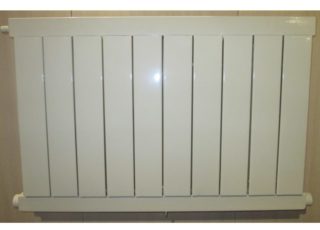
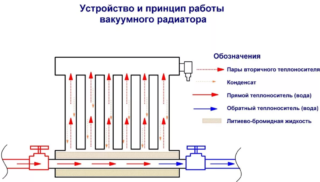

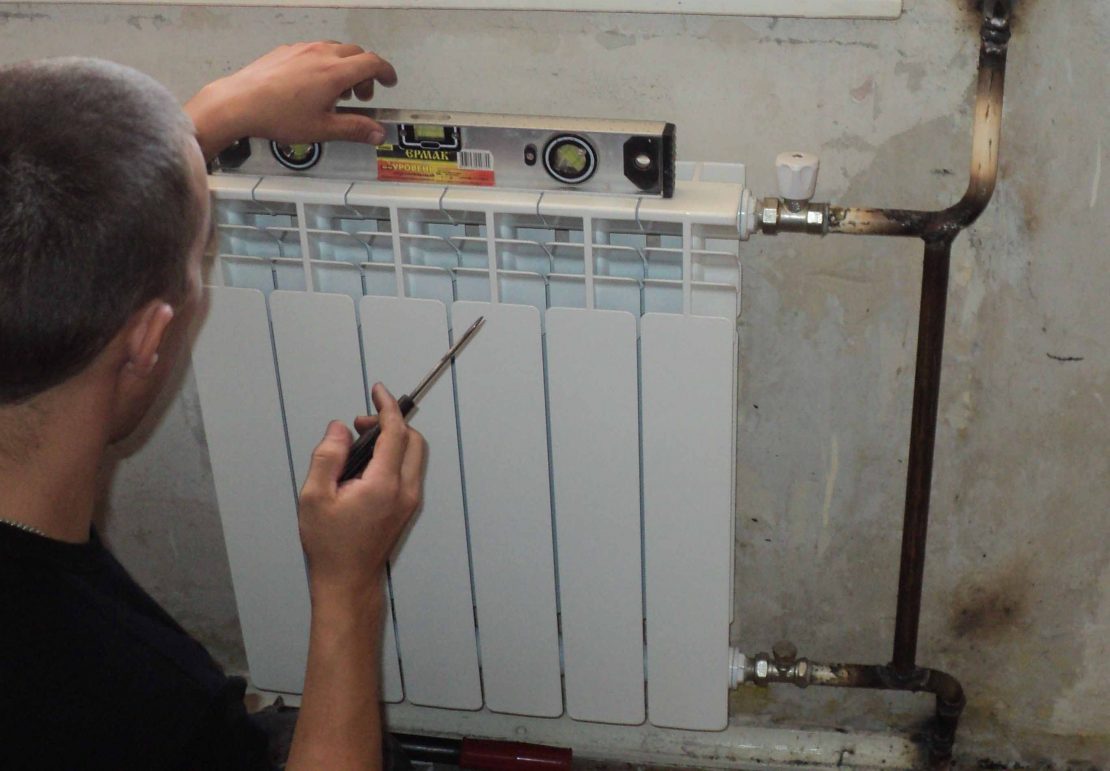
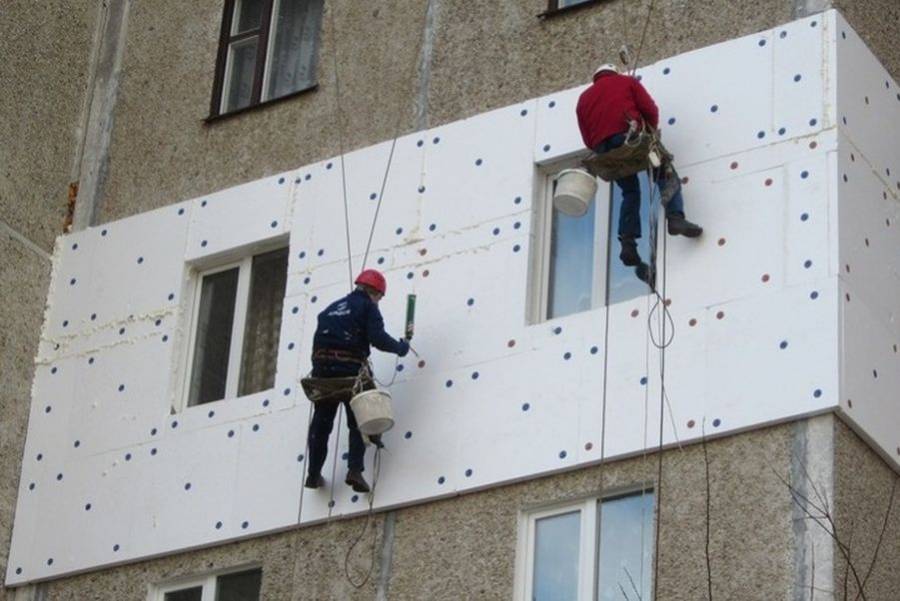
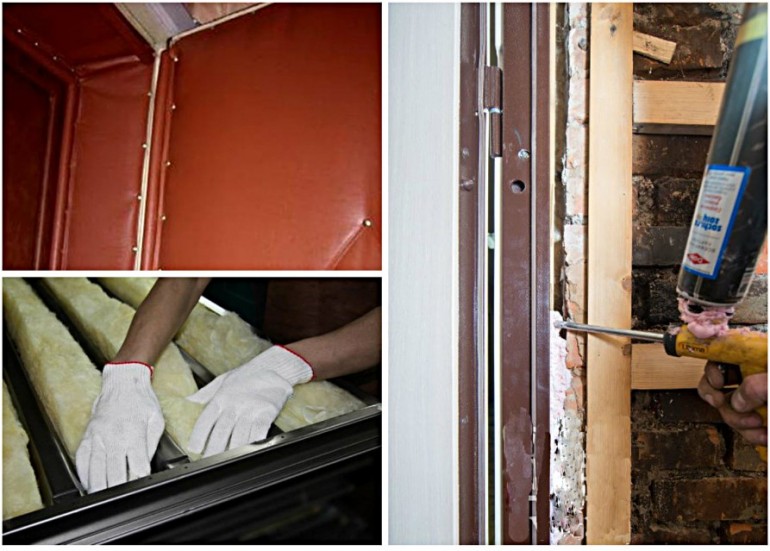


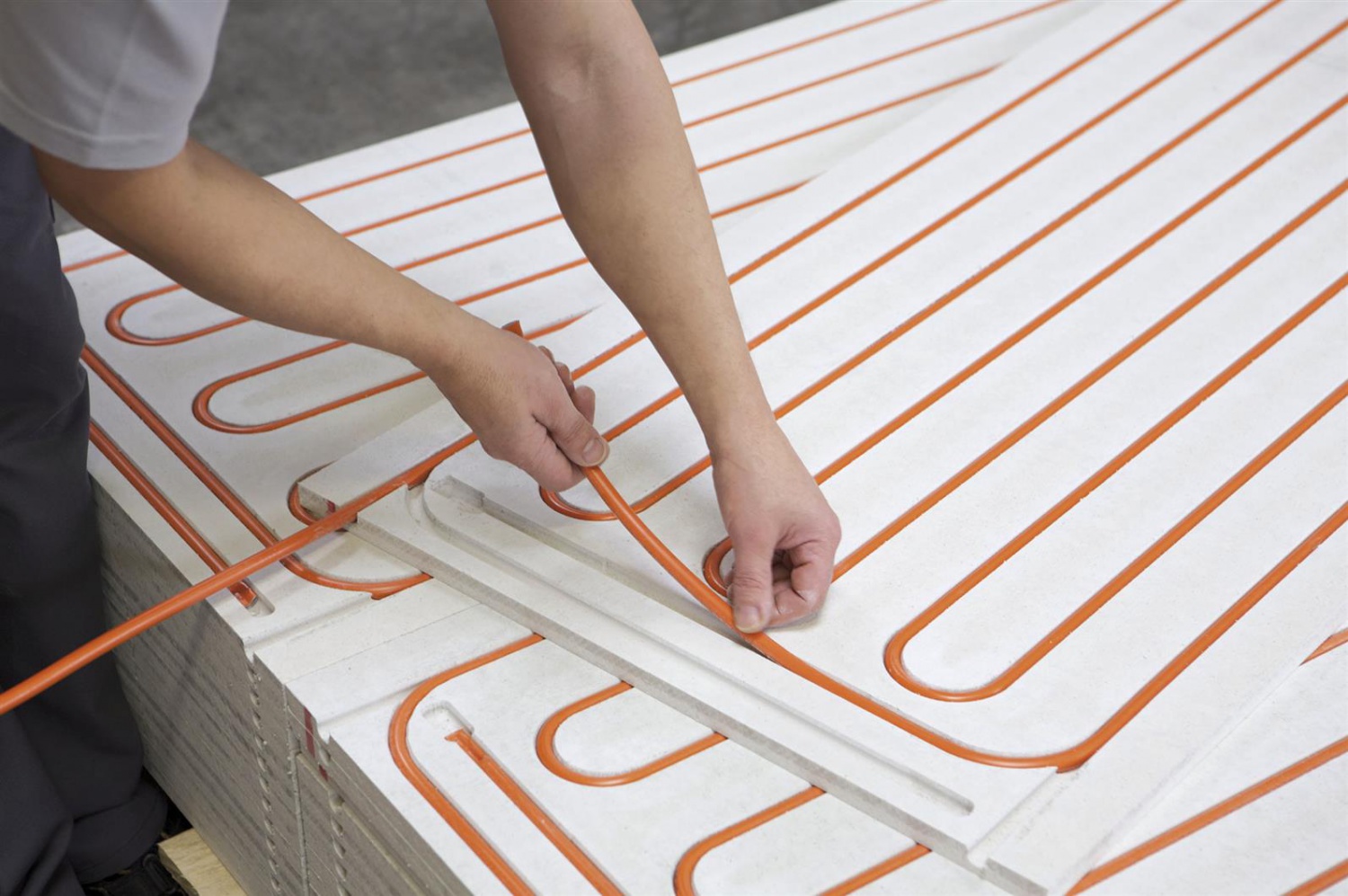
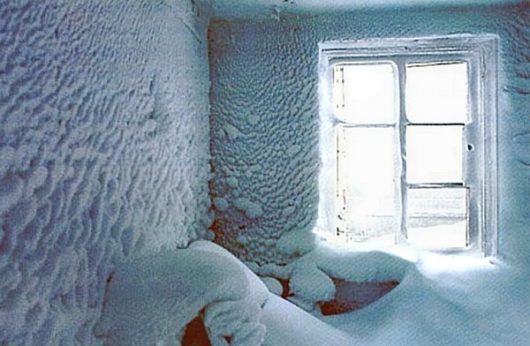

Maybe the same "Ethyl bromide, bromoethyl, ethyl bromide" Chemical formula CH3CH2Br "and not the mysterious" lithium bromide liquid "?!
Isn't ethyl bromide a highly toxic compound with a mild narcotic effect?
Author! What is the origin of the statement "evaporation heats the radiator housing"? Evaporation is an endothermic process and occurs with heat absorption and cannot heat anything. Recoil can only occur during the subsequent condensation of the evaporated secondary heat carrier. But in fact, those studying thermal processes know that the amount of heat given off by the battery depends on its area and the heat transfer coefficient, which is limited by the heat transfer from the battery to the air. Conclusion - nothing needs to be muddied inside the battery itself, adding a new coolant circuit will increase complexity and reduce reliability. Marketers are such marketers ...